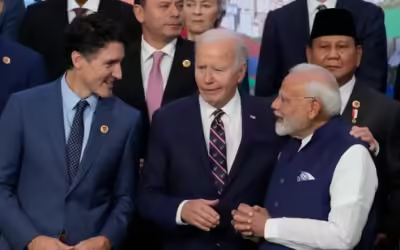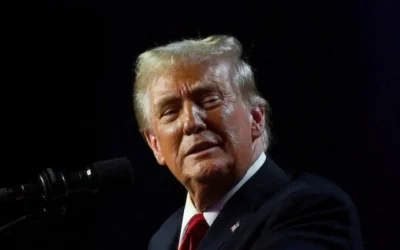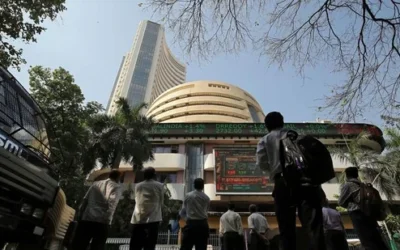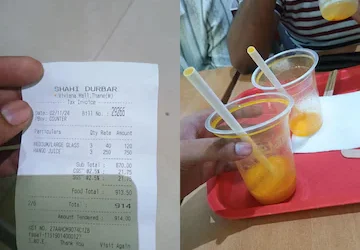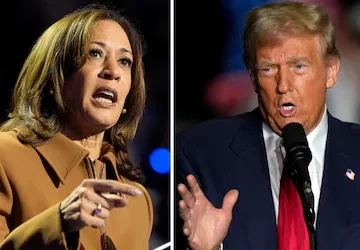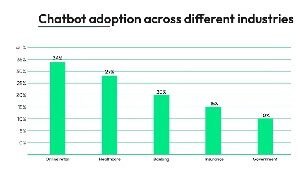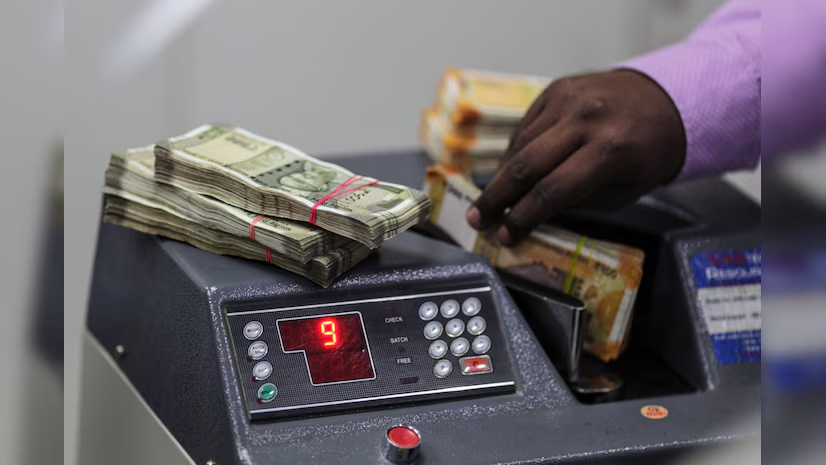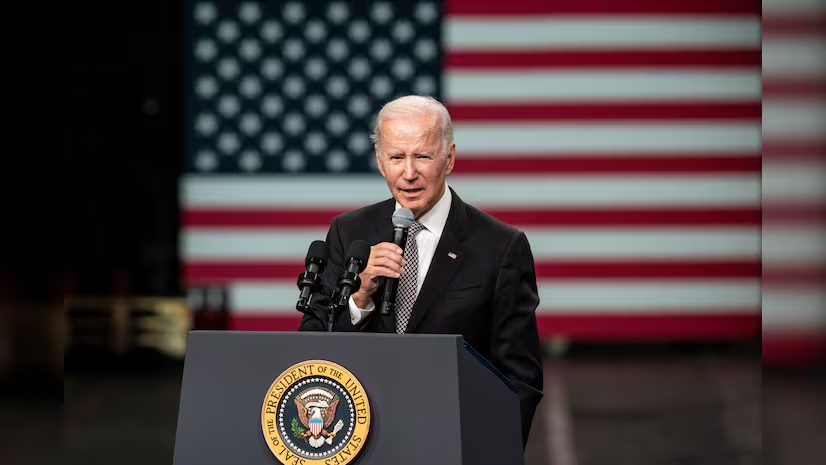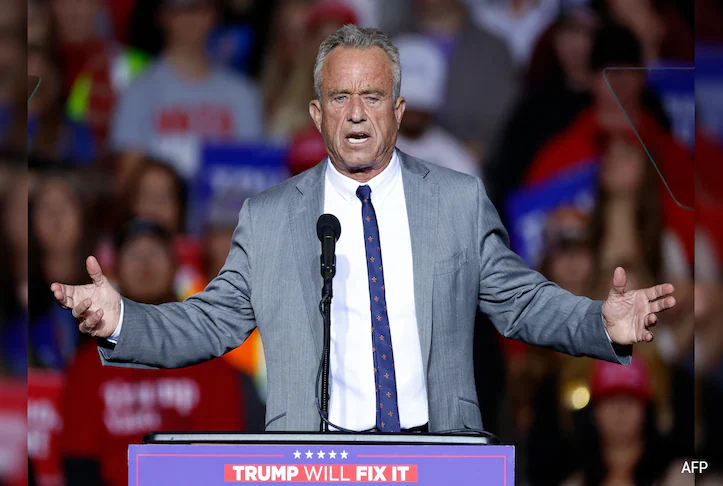Asian currencies, including the rupee, have faced downward pressure in the past fortnight due to the strengthening of the dollar and the uptick in US bond yields triggered by Donald Trump’s win in the US election. For more updates on this trend, you can follow Asian Market Live.
Monday could see the Indian rupee hovering close to its record low, as it finds itself stuck between some positive signals from neighboring currencies experiencing slight growth, and continuous outflows from foreign portfolios restricting any significant rise in the currency’s value.
The rupee is expected to start trading around 84.40 against the US dollar in the upcoming month, according to the 1-month non-deliverable forward, up from the 83.3950 rate in the last session. Last week, the currency fell to an unprecedented low of 84.4125.
Most Asian currencies saw slight gains ranging from 0.1% to 0.3% today, while the dollar index edged down slightly to 106.6, following a 0.2% drop on Friday.
A trader from a state-owned bank anticipates that the rupee will experience “another week of limited price movement.” The trader expects interventions by the central bank to provide strong support against rupee depreciation around the 84.50 mark.
Over the past fortnight, Asian currencies, including the rupee, have been under pressure due to a surge in the dollar and an increase in US bond yields triggered by Donald Trump’s win in the US election.
Analysts expect the policies promoted by Trump, including tariffs, decreased immigration, and tax cuts funded by debt, to spur inflation, thus limiting the Federal Reserve’s room for further interest rate reductions. On Friday, the 10-year US Treasury yield reached a high of 4.50 percent, the highest in over 5 months.
Powell’s Cautious Stance and Portfolio Outflows Weigh on Rupee and Dollar
Jerome Powell, the Chair of the Federal Reserve, stated recently that there is no urgency for the central bank to hastily reduce interest rates.
MUFG Bank noted that Powell’s guarded statement did not give the dollar the additional boost it needed, potentially indicating a wane in the Trump-driven demand for the currency.
Amid global indicators, continuous outflows from portfolios further exacerbate the rupee’s depreciation. In November alone, foreign investors pulled over $3 billion from domestic markets, following an outflow of $11.5 billion the previous month.
Market Movements: Dollar, Crude, and Indian Shares Amid Foreign Investor Activity
The one-month non-deliverable rupee forward trades at 84.51, while the onshore one-month forward premium stands at 11 paisa.
The dollar index has decreased by 0.1 percent, now standing at 106.63.
With Brent crude futures climbing by 0.4 percent, they now stand at $71.3 per barrel.
The yield on the ten-year US note stands at 4.43 percent.
Based on NSDL data, Indian shares witnessed a net selling of $160.2 million by foreign investors on November 13th.
According to NSDL data, foreign investors offloaded Indian bonds netting $15 million on November 13th.







